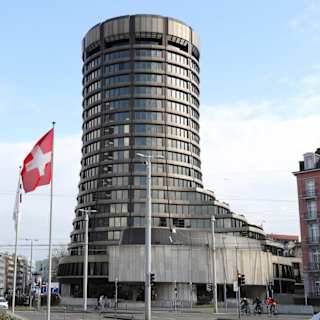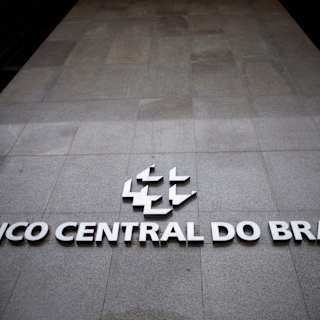- ECB Rate Cuts Fail to Boost Demand
- Credit Standards Tighten Amid Uncertainty
- Broader Economic Headwinds
Eurozone business lending growth stalled in May, breaking an accelerating trend that had persisted throughout 2025 and raising fresh concerns about the region's economic recovery despite aggressive interest rate cuts by the European Central Bank.
Lending to non-financial corporations grew by 2.5% year-on-year in May, down from 2.6% in April, according to ECB data released Monday. The slowdown marked the first time this year that business credit growth had decelerated, with the monthly flow of fresh loans turning negative at minus 2 billion euros—the first such reading in over a year.

The lending slowdown comes despite the ECB's efforts to stimulate economic activity through monetary policy. The central bank has cut interest rates by a combined 2 percentage points since June 2024, driving down borrowing costs for businesses1. Lending rates for new corporate loans fell to 3.79% in April, down 14 basis points from the previous month2.
However, business lending growth remains well below its historical average of 4.3% since 19992. The tepid demand reflects what economists describe as a weak macroeconomic outlook and heightened uncertainty, particularly surrounding erratic U.S. trade policy that has weighed on business sentiment and firms' willingness to invest1.
Banks have begun tightening lending standards in response to perceived risks. In the first quarter of 2025, euro area banks reported a small net tightening of credit standards for corporate loans, driven by higher perceived risks related to general economic and firm-specific outlooks1. Banks expect further moderate tightening in the second quarter1.
The ECB's April bank lending survey revealed that some lenders have increased scrutiny of corporate borrowers particularly affected by macroeconomic and policy uncertainty, including firms more exposed to exports to the United States1.
While household lending continued to accelerate—reaching 2.0% in May from 1.9% in April1—the pace remained modest with monthly loan flows of 12 billion euros marking the lowest since November2. The broader M3 money supply measure, often viewed as an indicator of future economic activity, held steady at 3.9% in May, falling short of economists' expectations for 4.0%2.
The lending data underscores the challenges facing the eurozone economy, which grew by just 0.3% in the first quarter of 20253. Despite expectations that increased defense spending and fiscal support in Germany will provide growth momentum, trade tensions with the United States continue to create uncertainty for businesses across the region.



